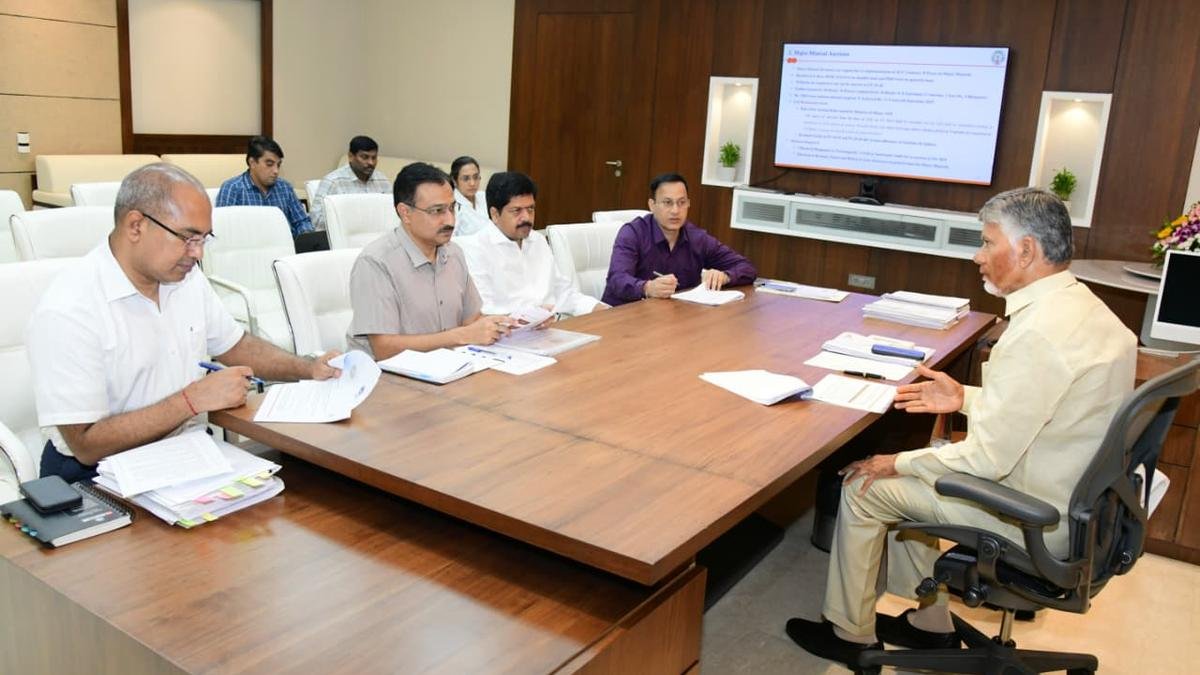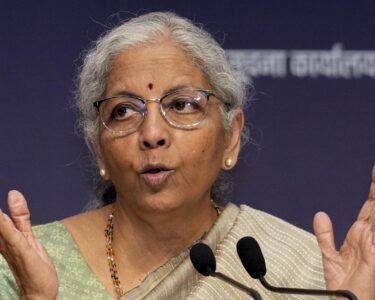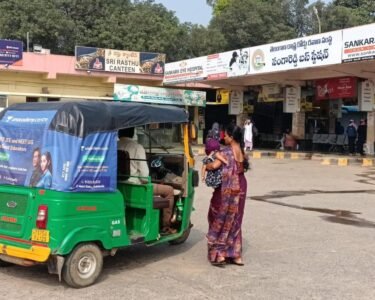In a significant move aimed at strengthening the economic prospects of marginalized communities and boosting Andhra Pradesh’s revenue, Chief Minister N. Chandrababu Naidu has directed the state government to conduct a comprehensive evaluation of its mineral wealth. The initiative comes at a time when Andhra Pradesh is seeking to optimize its natural resources for sustainable development. Alongside this, Naidu has proposed a 15% reservation in mining leases specifically for the Vaddera community, a traditional stone-cutting group, to enhance their participation in mining and related small and medium enterprises (MSMEs).
The announcement has been hailed as a step toward inclusive growth, offering opportunities to communities historically dependent on labor-intensive professions. It also reflects the state’s intention to emulate other mineral-rich states like Odisha, which have leveraged mining resources effectively to generate significant revenue.
Assessing Andhra Pradesh’s Mineral Potential
During a high-level review meeting, Chief Minister Naidu emphasized the necessity of a detailed study of Andhra Pradesh’s mineral resources. While Odisha reportedly generates around ₹50,000 crore annually from value-added minerals, Andhra Pradesh’s potential is estimated at ₹20,000 to ₹30,000 crore if the state adopts proper planning and execution strategies.
Officials were tasked with preparing a comprehensive vision document outlining strategies for mineral exploration, sustainable extraction, and value addition. The plan is expected to cover all major mineral zones in the state, identify untapped reserves, and recommend policies for both public and private sector participation in the mining sector.
Naidu highlighted that a detailed assessment would not only help optimize revenue but also create employment opportunities and promote industrial growth in backward regions. He also urged officials to collaborate with mining experts, geologists, and industry stakeholders to ensure that the study is thorough and actionable.
Proposed 15% Mining Lease Reservation for Vaddera Community
To promote social inclusion and economic empowerment, Chief Minister Naidu proposed reserving 15% of mining leases for the Vaddera community. Traditionally involved in stone cutting and masonry, the Vadderas are expected to benefit from entry into the mining and MSME sectors.
Under the proposed policy, members of the Vaddera community would receive concessions on mining-related fees, including a 50% reduction in seigniorage and premium charges. This initiative is designed to reduce financial barriers and enable them to establish mining enterprises and allied businesses, transforming them from laborers to entrepreneurs.
By promoting entrepreneurship within the community, the government hopes to encourage skill development, create jobs, and generate wealth at the local level. Experts believe that this approach can serve as a model for other states looking to empower traditional communities economically.
Leveraging Technology in Mining Operations
Sustainable mining is a key priority for the state government. To ensure transparency and prevent over-exploitation of resources, Naidu has instructed officials to incorporate advanced technologies such as satellite imagery, drone surveillance, and digital tracking systems in mining operations.
These technologies will allow authorities to monitor extraction levels in real time, track illegal mining activities, and maintain ecological balance. Digital mapping of mineral reserves will also aid in strategic planning and help investors make informed decisions, creating a more transparent and accountable mining ecosystem.
The Chief Minister emphasized that technological adoption is crucial not only for revenue optimization but also for environmental sustainability. Andhra Pradesh aims to become a leader in responsible mining practices by combining modern technology with regulatory oversight.
Revenue Targets and Sectoral Growth
The state has set an ambitious revenue target of ₹3,320 crore from mining operations for the fiscal year 2025–26, representing a 34% increase over the previous year. Major minerals, particularly manganese, have already contributed substantially, accounting for over 72% of total revenue from mining activities.
Officials are also exploring opportunities to diversify mineral-based industries, such as cement, construction materials, and metallurgical products. By adding value locally, Andhra Pradesh can increase industrial output, attract investments, and strengthen its position as a mining hub in India.
Free Sand Policy and Measures Against Misuse
Chief Minister Naidu has also focused on ensuring that the state’s free sand policy benefits the intended recipients. Sand is a critical resource for construction and infrastructure projects, and the government is taking proactive steps to prevent its misuse.
Measures include installing CCTV cameras at state borders, implementing real-time governance tracking, and monitoring sand distribution digitally. These steps aim to prevent illegal extraction and ensure equitable access to sand for farmers, builders, and small businesses. The policy aligns with the government’s broader strategy to balance resource utilization with social welfare.
Socio-Economic Implications
The initiatives announced by Chief Minister Naidu have far-reaching implications for Andhra Pradesh’s socio-economic landscape. By empowering the Vaddera community and promoting inclusive growth, the government is creating avenues for social mobility and entrepreneurship.
Moreover, the focus on sustainable mining practices and technology-driven oversight positions Andhra Pradesh as a forward-looking state in terms of resource management. The combination of revenue generation, job creation, and community empowerment demonstrates a holistic approach to development.
Conclusion
Chief Minister N. Chandrababu Naidu’s initiatives to evaluate Andhra Pradesh’s mineral wealth and promote economic participation among the Vaddera community reflect a strategic vision for inclusive growth. Through targeted policies, technological integration, and sustainable resource management, the state aims to maximize its mineral potential while ensuring equitable benefits for marginalized communities.
As Andhra Pradesh charts this path, it may serve as a model for other Indian states in leveraging natural resources responsibly while empowering traditional communities economically. With careful planning, monitoring, and execution, the initiatives are poised to contribute significantly to the state’s revenue, industrial growth, and social development.







